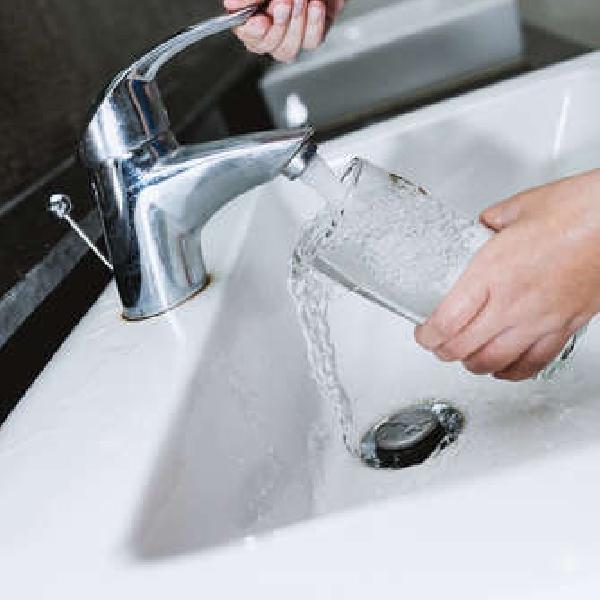
KFM has contacted Uisce Eireann for further clarification on the latest water quality report.
Concerns have been raised over Kildare's Barrow - Poulaphouca water supply.
According to an Uisce Eireann report, analysed by KFM, the majority of quality tests met acceptable standards.
However, there were notable exceptions that have sparked concern.
One of the primary concerns highlighted in the report is the presence of Trihalomethanes (THMs), with two out of six samples exceeding the prescribed limits.
THMs, a byproduct of chlorine reacting with organic matter in water, can pose serious health risks if present in elevated concentrations.
Additionally, the report flagged instances of exceedances in aluminium levels, turbidity, and color, indicating potential issues with metal contamination and water clarity in certain samples taken throughout the year.
Specifically, one sample collected on April 24, 2023, recorded levels of aluminum exceeding the established limit.
While the report indicates that the vast majority of tests for bacteria and protozoa fell within acceptable limits, there were a few instances of exceedances in bacteria.
Uisce Eireann said it is targeting, testing and remediating any supplies at risk.
A Do Not Drink notice has not been imposed on Kildare's water supply.
In a statement to KFM, a spokesperson for Uisce Eireann said: "Uisce Éireann would like to assure our customers that all water treatment plants served by the Barrow-Poulaphouca Water Supply produce drinking water is fully compliant with statutory drinking water regulations and is safe to drink. Overall water supplies in Ireland are excellent, the most recent EPA report published last year, demonstrates that public drinking water is safe to drink (99.7% compliant with chemical and bacterial limits)."
In relation to aluminium in water, the spokesperson said: "Aluminium occurs naturally in small amounts in both surface and ground waters (e.g. rivers or natural wells). The limit for aluminium in drinking water is 200µg/l, therefore any result that is greater than this is seen as an aluminium exceedance. All exceedances for aluminium are notified to the HSE and Uisce Éireann consults with them to seek their advice in relation to the protection of public health."
They said aluminium exceedances are also notified to the EPA where there may be a risk to public health, or where the exceedance indicates a persistent issue. Aluminium exceedances are fully investigated to determine the cause and suitable corrective actions are taken.
Recently, the European Union's highest court delivered a verdict stating that Ireland has fallen short in meeting its obligations under an EU directive concerning the quality of drinking water.
Initiated by the European Commission, the legal action focused on the levels of trihalomethanes (THMs) discovered in specific public water-supply zones and group water schemes.
The commission contended that Ireland had neglected to implement the necessary measures to ensure that water intended for human consumption met the minimum requirement regarding THM concentrations present in the water supply.
The Court of Justice of the European Union (CJEU) determined that Ireland's failure to promptly take remedial action to restore water quality indicated a lack of prioritisation in enforcing regulations.
The court emphasised that the deadline for member states to conform to the directive had elapsed 17 years prior to the commission's findings regarding THMs in Ireland.
It was also noted that Ireland did not utilise the derogation option outlined in the directive.



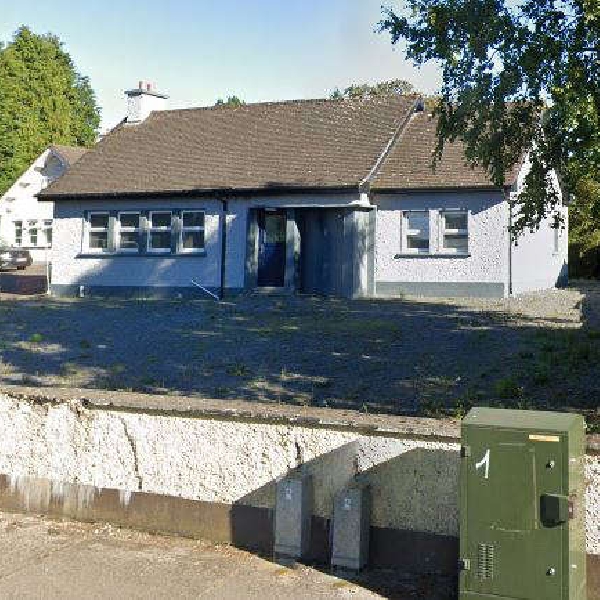 Not Needed For Health Reasons: HSE Reponds To Possible Sale Of Teach na nDaoine Building In Kilcullen
Not Needed For Health Reasons: HSE Reponds To Possible Sale Of Teach na nDaoine Building In Kilcullen
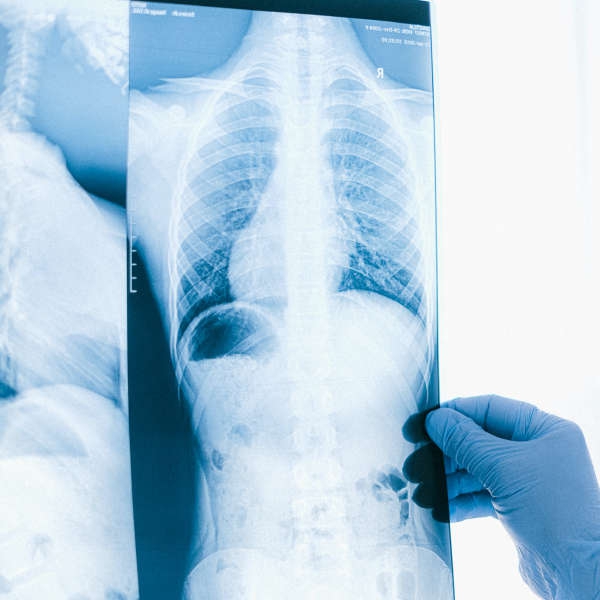 Lung Cancer Risk As Nine Out Of Ten Kildare Homes Remain Untested For Radon Gas
Lung Cancer Risk As Nine Out Of Ten Kildare Homes Remain Untested For Radon Gas
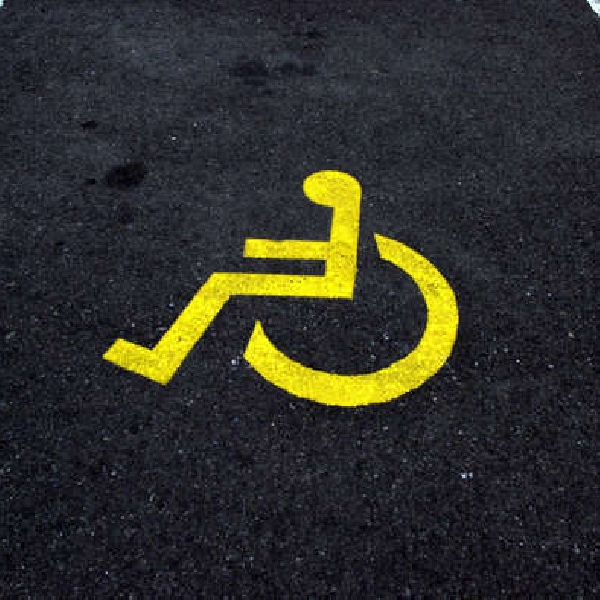 Illegal Parking In Disabled Spaces: 566 Fines Issued In Kildare-Carlow Garda Division Since January 2024
Illegal Parking In Disabled Spaces: 566 Fines Issued In Kildare-Carlow Garda Division Since January 2024
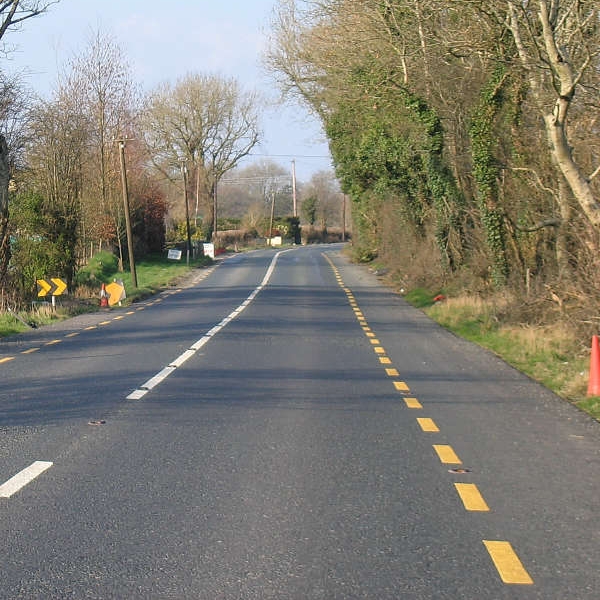 Only National Road Out Of Dublin "Never Upgraded": TD Presses For N81 Upgrade In Dáil
Only National Road Out Of Dublin "Never Upgraded": TD Presses For N81 Upgrade In Dáil
 Kildare North TD Aidan Farrelly Welcomes Party’s Backing Of Catherine Connolly For Áras Bid
Kildare North TD Aidan Farrelly Welcomes Party’s Backing Of Catherine Connolly For Áras Bid
 Ex-Principal Of Leinster Senior College Loses Dismissal Case Over Grinds Venture And Shredded Diaries
Ex-Principal Of Leinster Senior College Loses Dismissal Case Over Grinds Venture And Shredded Diaries
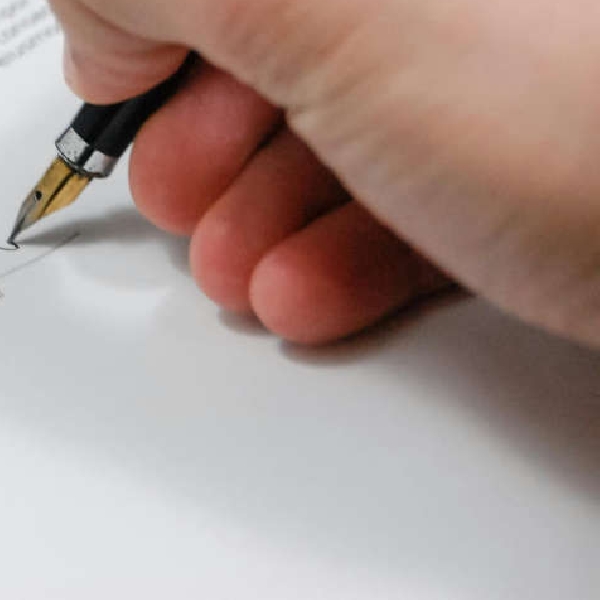 Blocked By Red Tape: Senator Says Councils Need Clarity On Accepting Donated Land And Buildings
Blocked By Red Tape: Senator Says Councils Need Clarity On Accepting Donated Land And Buildings
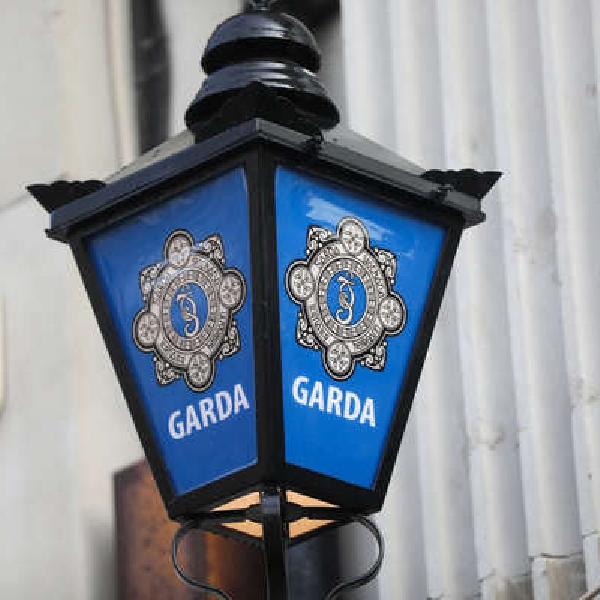 Crash In Dunlavin Leaves Woman Hospitalised With Serious Injuries
Crash In Dunlavin Leaves Woman Hospitalised With Serious Injuries



